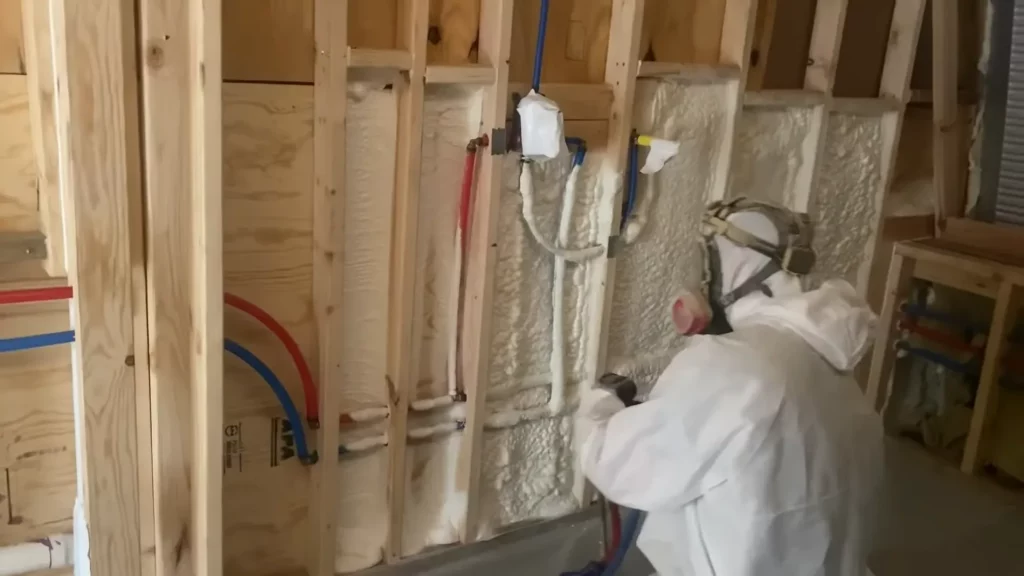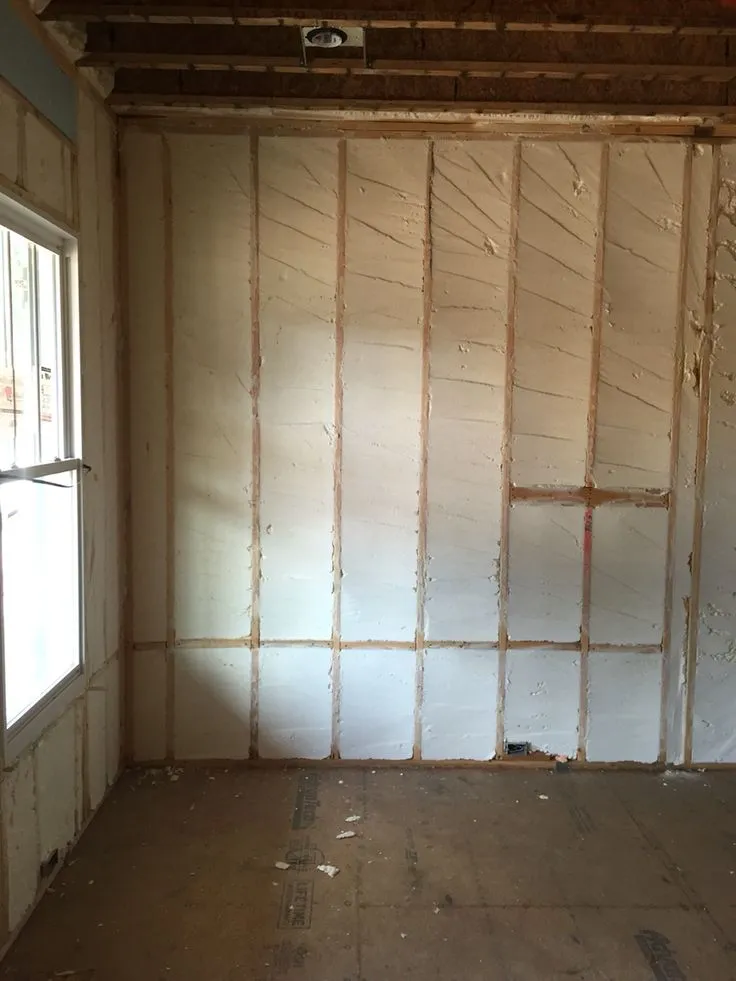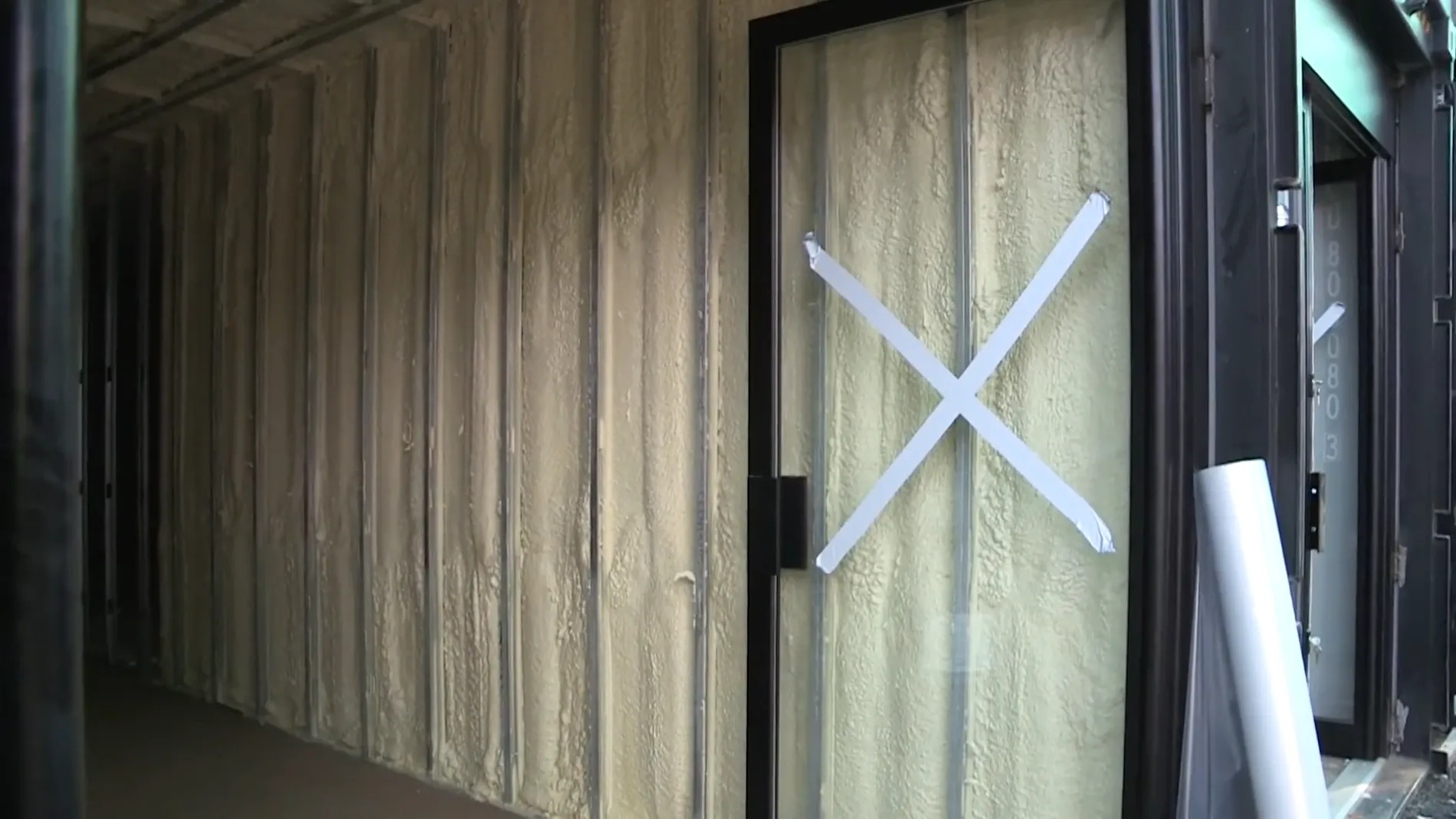Imagine walking into your home on a chilly winter day and feeling the draft seep through the walls, or cranking up the AC in summer only to watch your energy bill climb higher each month. These issues affect many homeowners, leading to discomfort and unexpected costs. Spray foam insulation offers a solid solution by creating a tight seal that keeps your home comfortable year-round while cutting down on energy use. This guide breaks down everything you need to know about spray foam insulation, focusing on how it performs and the real value it brings to your property.
Essentially, spray foam insulation is a plastic material that expands when sprayed into walls, attics, or crawl spaces. It forms a barrier that blocks air leaks and adds insulation power. Unlike traditional materials like fiberglass batts, spray foam sticks to surfaces and fills gaps completely, which helps prevent heat loss or gain. Homeowners often turn to it because studies show it can reduce heating and cooling bills by up to 50%. The Department of Energy confirms that proper insulation like spray foam plays a key role in making homes more efficient.
This comprehensive guide draws from years of hands-on work installing and evaluating insulation systems in homes across the region. It covers the basics to help you understand what spray foam is and why it stands out. You’ll learn about its performance factors, such as how well it resists heat flow and seals air paths. The sections ahead also explore different types, the installation steps, costs involved, and ways to measure returns on your investment. Expect details on common hurdles and tips to avoid them, plus insights into future options. By the end, you’ll have the knowledge to decide if spray foam fits your home improvement plans.
Whether you’re building new or retrofitting an older house, this resource equips you with facts to make informed choices. Let’s start with the fundamentals to build a strong foundation for understanding spray foam’s role in your home.
What is Spray Foam Insulation?
Spray foam insulation starts as two chemical components: a polyol resin and an isocyanate. When mixed and sprayed through a gun, they react and expand into a foam that hardens quickly. This process happens right on site, allowing it to conform to any shape or space in your home. The result is a seamless layer that adheres directly to wood, metal, or concrete surfaces.
Two main varieties exist: open-cell and closed-cell. Open-cell spray foam has bubbles that are mostly air, making it lighter and more flexible. Closed-cell spray foam, on the other hand, contains trapped gases that give it higher density and better moisture resistance. Both types provide insulation, but they suit different needs based on your home’s setup and climate.
The material’s ability to expand up to 100 times its liquid volume means it fills cracks and crevices that other insulations miss. This air-sealing quality sets spray foam apart, as it addresses two problems at once: insulation and drafts. According to a report from the Building Science Corporation, spray foam can reduce air leakage by up to 80% when installed properly.
Understanding these basics helps you see why spray foam has gained popularity. In the next section, you’ll discover the specific benefits that make it a worthwhile choice for many homes.
Why Choose Spray Foam for Your Home?
Spray foam insulation delivers benefits that go beyond simple temperature control. It seals your home’s envelope, stopping conditioned air from escaping and unconditioned air from entering. This leads to a more stable indoor environment, which means your HVAC system doesn’t have to work as hard.
One major advantage is energy savings. The U.S. Department of Energy reports that homes with effective insulation like spray foam can save 15% on heating costs alone. In a typical household, that translates to hundreds of dollars annually, especially in areas with extreme weather.
Spray foam also improves soundproofing. The dense material absorbs noise from outside, creating quieter living spaces. Homeowners in busy neighborhoods often notice this perk right after installation.
Another point: it acts as a moisture barrier in closed-cell form, helping prevent mold growth. This is vital in humid climates where water vapor can cause structural damage over time.
To better understand these upsides relative to potential downsides, consider this comparison table:
| Insulation Type | Energy Efficiency | Air Sealing | Moisture Resistance | Cost per Sq Ft |
|---|---|---|---|---|
| Spray Foam | High (R-3.5 to R-7 per inch) | Excellent | Good (closed-cell) | $1.50 – $3.00 |
| Fiberglass Batts | Moderate (R-3 to R-4 per inch) | Poor | Low | $0.50 – $1.00 |
| Cellulose | High (R-3.5 per inch) | Moderate | Moderate | $0.80 – $1.50 |
This table shows spray foam’s edge in key areas, though it costs more upfront. Market data from the Spray Polyurethane Foam Alliance indicates that the industry has grown by 12% yearly, driven by demand for high-performance options in residential builds. With rising energy prices, up 8% in 2023 per the U.S. Energy Information Administration, these savings add up quickly.
Key Takeaways:
- Spray foam excels at both insulating and sealing air leaks.
- It offers long-term savings on bills and improves comfort.
- Weigh initial costs against efficiency gains for your situation.
Understanding Performance Metrics
Performance in insulation boils down to how well it keeps heat where you want it. The R-value measures thermal resistance; higher numbers mean better insulation. Spray foam typically ranges from R-3.5 per inch for open-cell to R-6.5 for closed-cell, outperforming many alternatives.
Air permeability tests how much air passes through the material. Low values here indicate a strong seal, which spray foam achieves due to its monolithic application. The Oak Ridge National Laboratory tested spray foam and found it reduces infiltration by 24% more than batt insulation.
Moisture vapor transmission rate (MVTR) shows how vapor moves through the foam. Closed-cell has a low MVTR, around 1 perm, making it suitable for exterior walls. Open-cell, at 10-15 perms, allows some breathability, ideal for interior applications.
Durability factors in too. Spray foam lasts 25-50 years without settling, unlike loose-fill options that compact over time.
Expert Tip: Test your home’s current air leaks with a blower door test before installing. This identifies weak spots and helps verify the foam’s impact afterward.
These metrics guide your choice. Building on them, let’s examine the types to match them to your needs.
Types of Spray Foam Insulation
Open-Cell Spray Foam
Open-cell foam expands more and weighs less, about 0.5 pounds per cubic foot. It provides good sound dampening and costs less than closed-cell. Use it in walls or attics where weight isn’t a concern. However, it absorbs water, so pair it with vapor barriers in damp areas.
Closed-Cell Spray Foam
Denser at 2 pounds per cubic foot, closed-cell offers superior strength and insulation in one inch. It resists water and pests, making it great for basements or rim joists. The downside is higher cost and rigidity, which can make retrofits trickier.
Here’s a pros and cons table for clarity:
| Type | Pros | Cons |
|---|---|---|
| Open-Cell | Affordable, flexible, soundproof | Lower R-value, water absorbent |
| Closed-Cell | High R-value, moisture barrier, structural | More expensive, less flexible |
Expert Tip: In hot, humid areas, go with closed-cell to block moisture; open-cell works well in dry, cold spots for cost savings without sacrificing too much performance.
Both types expand to seal gaps, but installation details matter. Let’s look at how professionals apply them.

The Installation Process
Installing spray foam requires trained applicators due to the chemicals involved. First, prepare the area by masking off surfaces and ensuring good ventilation. Protective gear like respirators keeps everyone safe.
Step 1: Set up equipment. The spray rig mixes components under pressure.
Step 2: Apply in layers. Start from the bottom of cavities to avoid drips. It sets in seconds but cures fully in hours. Multiple passes build the needed thickness.
Step 3: Trim excess. Once cured, cut away over-spray with a saw.
Step 4: Inspect. Check for even coverage and no voids.
The process takes one to three days for a whole home, depending on size. Post-install, air out the space to clear odors.
Common issues include over-expansion if not controlled. Pros monitor conditions like temperature, which affects yield.
After installation, focus shifts to costs and how they pay off.
Cost and Value Analysis
Spray foam runs $1 to $3 per board foot, covering walls and attics. A 2,000 sq ft home might cost $8,000 to $15,000 total, including labor. Open-cell is cheaper at the low end, closed-cell higher.
Factors influencing price: home size, access difficulty, and type. Add 10-20% for attics or hard-to-reach spots.
Value comes from ROI. Payback periods average 5-7 years through energy savings. The Residential Energy Efficiency Research from NREL shows spray foam homes use 30% less energy, equating to $500 yearly savings at current rates.
Market stats: Insulation market hit $15 billion in 2022, per Grand View Research, with spray foam leading growth at 7% CAGR due to green building trends.
A basic way to calculate your ROI: (annual savings × expected lifespan) – initial cost, then divide by initial cost for a percentage return. Online tools help, but factor in incentives like federal tax credits up to $1,200.
Upfront expense pays off, but challenges arise. Here’s how to handle them.
Common Challenges and Solutions
Does spray foam release harmful gases?
Freshly applied foam can off-gas VOCs, but the issue is temporary. Good ventilation and using low-VOC products certified by Greenguard reduce risks.
Can spray foam trap moisture?
Yes, if the wrong type is used. Closed-cell foam controls vapor better, and added ventilation in areas like kitchens or bathrooms prevents buildup.
Is spray foam safe to install yourself?
DIY kits exist, but they lack the precision of pro equipment. Certified installers ensure safety from isocyanates and proper application for long-term results.
Expert Tip: Schedule installation during mild weather (50-90°F) to ensure even curing and avoid shrinkage issues.
Key Takeaways:
- Address air quality by selecting certified foams and proper venting.
- Match foam type to your home’s moisture risks.
- Professional installation minimizes errors and warranties coverage.
Measuring Success and Long-Term Value
Track success with energy bills pre- and post-install. Expect 20-40% drops. Use smart thermostats for data.
Conduct follow-up blower door tests to quantify air sealing improvements.
Long-term, spray foam maintains R-value without degradation. It adds home value; appraised homes with it sell 5% higher, according to Remodeling Magazine.
Future trends include bio-based foams reducing environmental impact and spray tech for easier retrofits.
Expert Tip: Annual inspections of your HVAC filter and vents keep the system optimized with spray foam’s tight seal.
Maintenance and Longevity
Spray foam needs little upkeep. Avoid drilling into walls without checks to prevent punctures.
In attics, ensure no ponding water touches it. Closed-cell handles minor exposure better than open.
Warranties last 25 years, covering settling or loss of performance.
Regular home maintenance, like sealing cracks elsewhere, extends its life.

Frequently Asked Questions About Spray Foam Insulation
Is spray foam insulation safe for my family?
Yes, once cured, spray foam is inert and safe. Choose products tested for low emissions, and ensure professional installation to avoid exposure risks during application.
How long does spray foam last?
It lasts 25-80 years, depending on type and conditions. Unlike other insulations, it doesn’t settle or lose effectiveness over time.
Can I install spray foam myself?
DIY kits are available for small jobs, but full-home installs require pros for safety and performance. The chemicals demand proper equipment and training.
Does spray foam work in all climates?
It adapts well, but select open-cell for cold/dry areas and closed-cell for hot/humid ones. Consult local codes for best fits.
Will spray foam increase my home’s value?
Absolutely, by improving efficiency and comfort. Appraisers recognize it as a premium feature that appeals to buyers.
What about environmental impact?
Modern foams use blowing agents with low global warming potential. They reduce energy use, cutting your carbon footprint over time.
Putting Your Spray Foam Insulation Strategy into Action
This guide has covered spray foam from basics to advanced considerations. You now understand its types, performance edges, installation realities, and value calculations. Key points include its superior air sealing for comfort and savings, the importance of choosing the right type for your home, and addressing challenges through expert application. Use this as your reference to evaluate options confidently. Start by assessing your current insulation with a home energy audit, then plan based on your budget and goals. You’re set to make a smart choice that enhances your home for years.
Need Expert Guidance?
For personalized advice on spray foam insulation tailored to your Raleigh home, contact Raleigh Excel Spray Foam Insulation at (919) 301-9435 or email [email protected]. Their team offers free consultations to discuss your needs and ensure optimal performance and value.
Sources
- Building Science Corporation – Technical digest on spray polyurethane foam applications and performance.
- Spray Polyurethane Foam Alliance – Industry association site with market growth data and standards.
- U.S. Energy Information Administration – Source for energy price trends and statistics.




